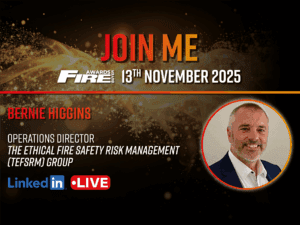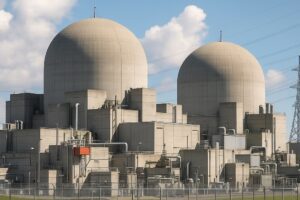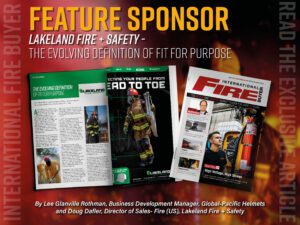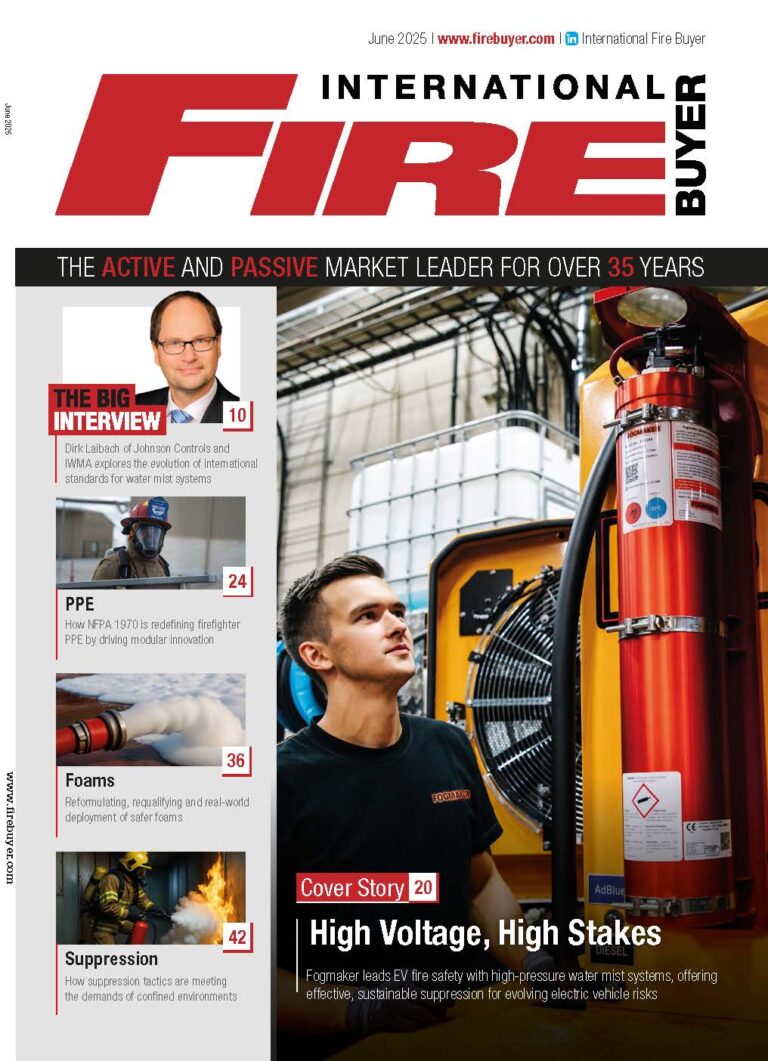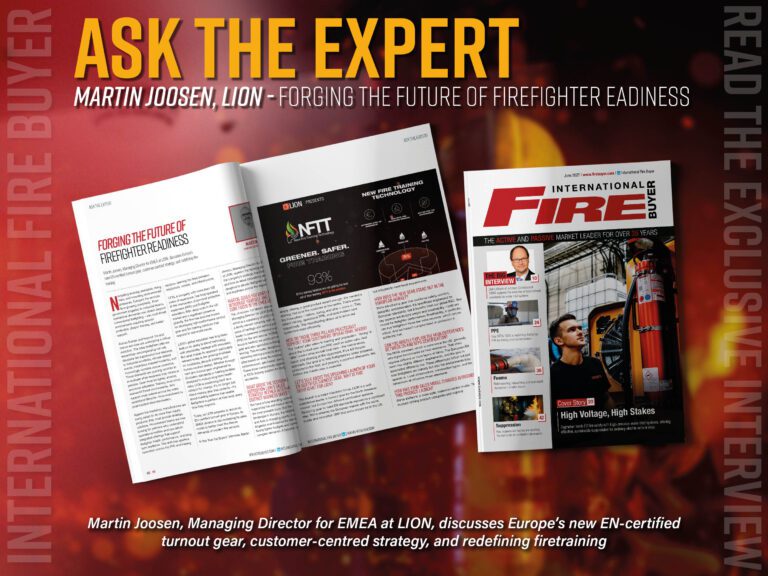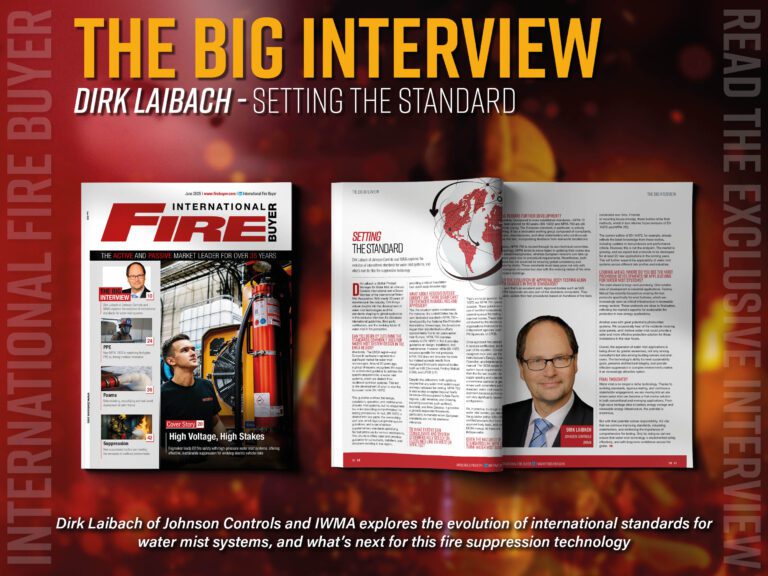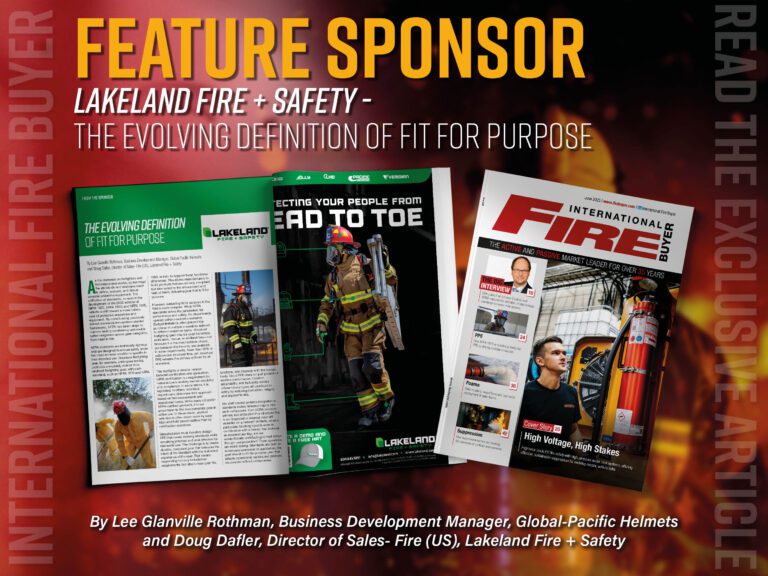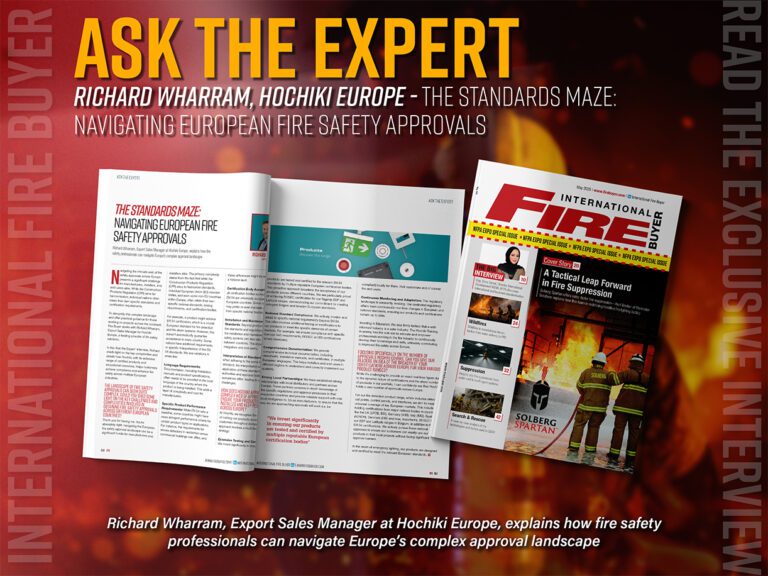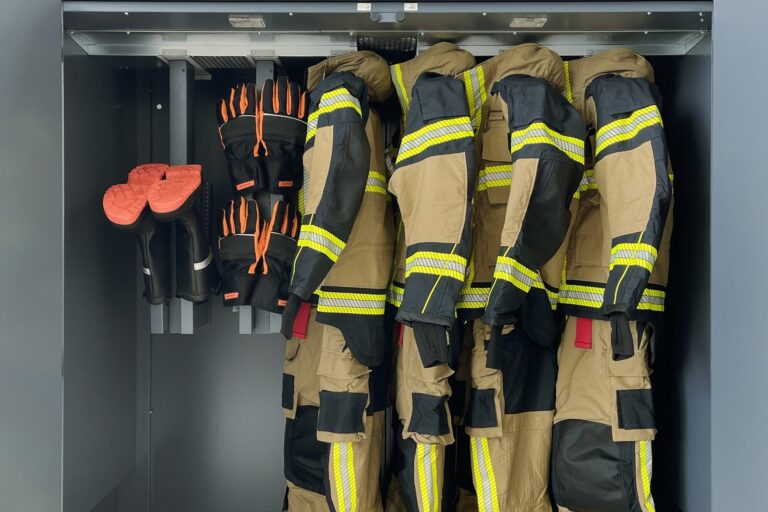Matt Fairie, an Associate from leading engineering consultancy Perega and a legitimate specialist and well-known authority on fire remediation and reconstruction, will draw on real-world case studies to illustrate the complexities and best practices in this field.
Following a fire, the restoration process is about rebuilding and making strategic decisions to ensure safety, cost-effectiveness and compliance with modern building standards. Structural engineers play a crucial role in navigating the complexities in this process, from initial assessments to the final reconstruction or remediation.
For instance, contractors may have to manage preserving listed properties or delicate forensic investigations to determine a fire’s cause. Mistakes can stem from assumptions and cutting corners, leading to inadequate repairs, safety hazards and ultimately higher costs in the long run. It’s easy to lose your footing on multiple complex steps when restoring a structure after a fire. So, what should you expect and how can you best work with engineers to guarantee a successful fire remediation and reconstruction process?
When you call an engineer in
After a fire, insurance companies typically call engineering professionals through loss adjusters to assess the damage and determine the next steps. Before any activity begins, an engineer’s role begins with safety assessments to identify any immediate hazards, ensuring the site is safe for further inspection and work. Asbestos management is the first critical responsibility involving a survey to detect its presence, especially in older buildings where it’s more common. Based on the results, necessary measures are implemented to safely remove or contain it.
Once the site is safe, a structural analysis will determine the extent and type of damage. This involves visual inspections and using tools like lasers to detect deformation and evaluate the integrity of various materials. For timber, it may mean checking the degree of charring and deciding whether it can be salvaged or needs replacement. For masonry and concrete, visible chemical changes to the material such as a colour change to pink or buff show signs of fire damage. As for steel, it’s assessing any deformation due to heat.
If restoration is an option
Once you’ve determined the extent of damage, engineers face the decision to restore or demolish a building. If over half of the structure is damaged, it is often beyond economic repair. However, the type of building also plays a role, as historic or listed buildings might warrant restoration efforts despite significant damage.
Structural engineers will evaluate the integrity of steel frames, masonry and timber to determine the feasibility of restoration. For instance, while a standard steel frame shed might sustain minimal structural damage, a detailed assessment can reveal whether specific components need replacement. If parts of the structure are salvageable, elements can be redesigned to incorporate these parts.
The restoration planning involves creating a detailed schedule for removing unsalvageable materials, drying out the property, and reconstructing affected areas. Compliance with the latest building regulations, including fire safety, structural integrity and insulation standards is paramount during this stage.
Managing the process
As works progress, project management is a key role of structural engineers. They are involved from the start, preparing tender packages for contractors, including detailed specifications and drawings, evaluating contractor bids, checking accuracy and feasibility and selecting the most suitable partner for the job. Choosing experienced and reputable contractors with a proven track record in fire remediation is vital, ensuring they have the necessary skills, equipment and manpower to complete the project on time and within budget.
Periodic site visits to monitor progress ensure any issues are addressed and that operations stay in line with the project plan. Clear and consistent communication with all stakeholders, including clients, loss adjusters, contractors and regulatory bodies is crucial. Regular updates and transparent reporting help manage expectations and establish accountability. Meticulous documentation informs the restoration plan and provides a clear record for insurance and regulatory purposes. Once a project is complete, engineers also oversee the final inspections, snagging and handover processes.
Ensuring quality
Whether restoring or reconstructing a property, one of an engineer’s key responsibilities is to guarantee the highest quality standards are met, facilitating improvements wherever possible. This includes upgrading insulation and installing fire protection measures, such as fire breaks or using non-combustible materials and structural elements to reach modern standards.
Detailed inspections at each stage of the construction process see that all work meets the required standards. This includes checking for structural integrity, compliance with regulations and quality of workmanship. Conducting a comprehensive snagging process to identify and rectify minor defects before the final handover guarantees the client is satisfied with the completed work and that there is limited risk of any costly claims arising.
Working closely with a qualified engineer after a fire ensures that buildings are restored safely, efficiently and to modern standards, balancing economic considerations with the need to preserve structural integrity and historical value. If done with appropriate care and adequate resources, remediation and reconstruction can turn devastation into resilience, ensuring the future safety and integrity of our built environment.
To read more, see our last issue here.
Never miss a story… Follow us on:
International Fire Buyer
@Firebuyer
Fire Buyer
Media Contact
Rebecca Spayne Managing Editor, International Fire Buyer
Tel: +44 (0) 1622 823 920
Email: [email protected]



